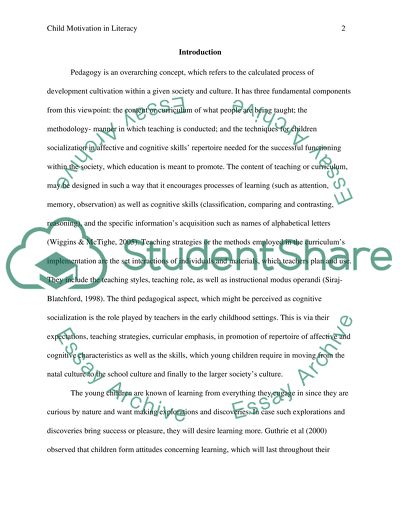Cite this document
(“Child Motivation in Literacy Research Paper Example | Topics and Well Written Essays - 5000 words”, n.d.)
Retrieved from https://studentshare.org/education/1396194-child-motivation-in-literacy
Retrieved from https://studentshare.org/education/1396194-child-motivation-in-literacy
(Child Motivation in Literacy Research Paper Example | Topics and Well Written Essays - 5000 Words)
https://studentshare.org/education/1396194-child-motivation-in-literacy.
https://studentshare.org/education/1396194-child-motivation-in-literacy.
“Child Motivation in Literacy Research Paper Example | Topics and Well Written Essays - 5000 Words”, n.d. https://studentshare.org/education/1396194-child-motivation-in-literacy.


